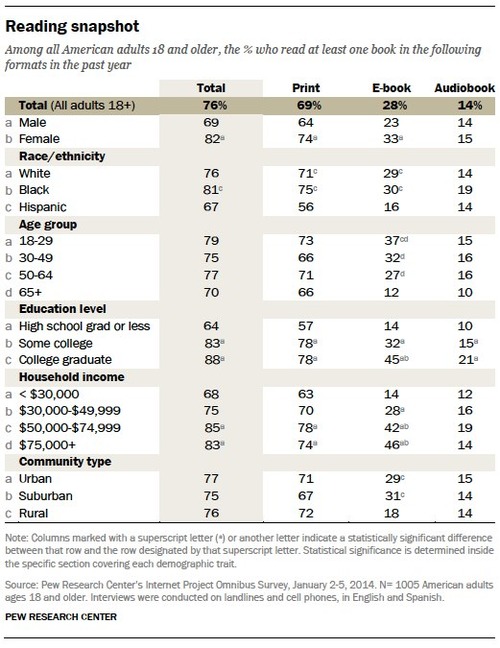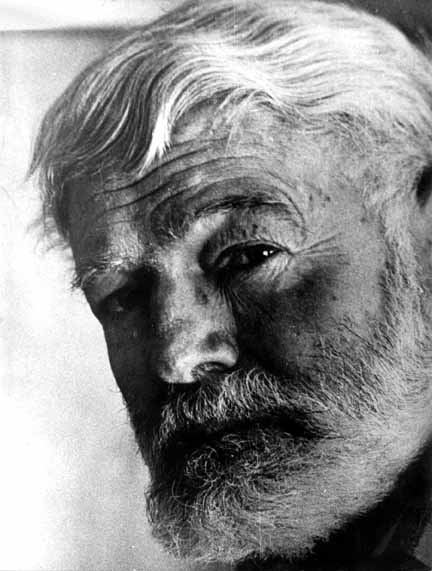What is a 'flipped classroom'?
The flipped classroom describes a reversal of traditional teaching
where students gain first exposure to new material outside of class,
usually via reading or lecture videos, and then class time is used to
do the harder work of assimilating that knowledge through strategies
such as problem-solving, discussion or debates. (Vanderbilt University, Center for Teaching).
The purpose of flipping the classroom is to shift from
passive to
active learning to focus on the higher order thinking skills such as
analysis, synthesis and evaluation (Bloom). As explained in this short video,
Flipping the Classroom: Simply Speaking
(Penn State), students access key content individually (or in small
groups) prior to class time and then meet face-to-face in the larger
group to explore content through active learning and engagement
strategies.
There are many permutations of what a flipped classroom will
look like and depends on variables such as class size, resources,
support and readiness to change. At UQ, several teachers across the
faculties have already flipped their classrooms and their valuable
experiences have been captured in the
Case Studies section.
In the flipped classroom, the
roles and expectations of students and teachers change where:
- students take more responsibility for their own
learning and study core content either individually or in groups before
class and then apply knowledge and skills to a range of activities using
higher order thinking,
- teaching 'one-to-many' focuses more on facilitation and moderation than lecturing, though lecturing is still important. Significant learning opportunities
can be gained through facilitating active learning, engaging students,
guiding learning, correcting misunderstandings and providing timely
feedback using a variety of pedagogical strategies,
- there is a greater focus on concept exploration, meaning making and demonstration or application of knowledge in the face-to-face setting (see Diagram 1 below).
 Diagram 1:
Diagram 1: Learning opportunities of the flipped classroom (adapted from Gerstein)
Educational technologies (see Diagram 2) are an important feature of the flipped classroom as they can be used to:
- capture key content for students to
access at their own convenience and to suit their pace of learning (e.g.
lecture material, readings, interactive multimedia),
- present learning materials in a variety of formats to suit different learner styles (e.g. text, videos, audio, multimedia),
- provide opportunities for discourse and interaction in and out of class (e.g. polling tools, discussion tools, content creation tools),
- convey timely information, updates and reminders for students (e.g micro-blogging, announcement tools),
- provide immediate and anonymous feedback for teachers and students (e.g. quizzes, polls) to signal revision points,
- capture data about students to analyse their progress and identify ‘at risk’ students (e.g. analytics).
 Diagram 2:
Diagram 2: Key elements of a flipped classroom (Strayer)
For further information about the flipped classroom see the
‘Why’ and
‘How’ sections as well as further case studies, useful links and academic papers below.
In the 'Flipped Classroom : What is it?' video,
University of Queensland academics describe what the flipped classroom
means in their context.
This video can also be viewed
here.
°°°°°°°°°°°°°
Flip teaching
From Wikipedia, the free encyclopedia
Flip teaching (or flipped classroom) is a form of
blended learning
in which students learn new content online by watching video lectures,
usually at home, and what used to be homework (assigned problems) is now
done in class with teachers offering more personalized guidance and
interaction with students, instead of lecturing. This is also known as
backwards classroom,
reverse instruction,
flipping the classroom and
reverse teaching.
[1][2]
Traditional vs flipped teaching
The traditional pattern of teaching has been to assign students to
read textbooks and work on problem sets outside school, while listening
to lectures and taking tests in class.
"My AP Calculus
class was a really anxious environment, it was weird trying to get
through way too much material with not enough time. It was exactly the
opposite of what I was looking for when I got into teaching." (A teacher
explaining what motivated her to adopt flipped teaching.)[3]
In flip teaching, the students first study the topic by themselves, typically using
video lessons prepared by the teacher
[4][5] or third parties such as Mathletics,
[6] the
Khan Academy, and The University Edge.
[7] In class students apply the knowledge by solving problems and doing practical work.
[8][9][10] The teacher
tutors the students when they become stuck, rather than imparting the initial lesson in person. Complementary techniques include
[11] differentiated instruction and
project-based learning.
[12]
Flipped classrooms free class time for hands-on work. Students learn
by doing and asking questions. Students can also help each other, a
process that benefits both the advanced and less advanced learners.
[13]
Flipping also changes the allocation of teacher time. Traditionally,
the teacher engages with the students who ask questions — but those who
don’t ask tend to need the most attention. “We refer to ‘silent
failers,’ ” said one teacher, claiming that flipping allows her to
target those who need the most help rather than the most confident.
Flipping changes teachers from “sage on the stage” to “guide on the
side”, allowing them to work with individuals or groups of students
throughout the session.
[13]
History
§§§§§§§§§





 Diagram 1: Learning opportunities of the flipped classroom (adapted from Gerstein)
Diagram 1: Learning opportunities of the flipped classroom (adapted from Gerstein) Diagram 2: Key elements of a flipped classroom (Strayer)
Diagram 2: Key elements of a flipped classroom (Strayer)



























